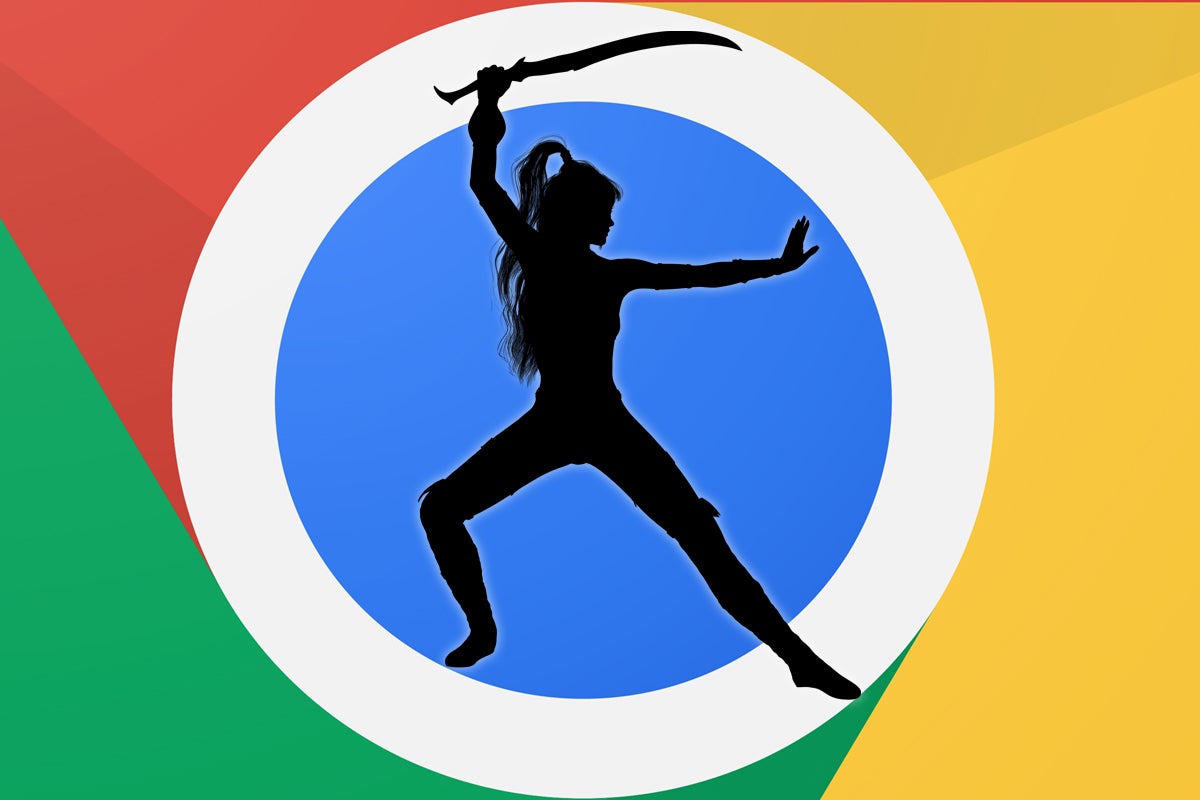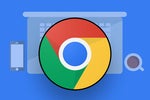Psst: Come close. I've got quite the secret to share with you. It's something those of us who use Chromebooks in our daily lives have known for a while — but something the vast majority of people (and the vast majority of folks who write about this stuff, for that matter) have yet to fully realize.
Ready? Here it is: Little by little, bit by bit, Chrome OS on a tablet has been turning into an increasingly impressive experience. With every passing month, almost, Google adds a touch more polish and a smidge more power into the environment. And with the latest update, announced this week, the Chromebook tablet experience is suddenly feeling surprisingly cohesive — almost, dare I say it, complete.
And yet, despite all that progress, one piece of the puzzle is still conspicuously missing — a massive and thus-far-overlooked opportunity Google and its hardware-making partners seem destined to embrace.
The Chrome OS journey
We'll get to that beckoning opportunity in a minute. First, let me back up, 'cause there's a lot to unpack here — and unless you're among the relative few who follow Chrome OS news closely, most of it probably isn't common knowledge. Google, y'see, has been working to align its two primary platforms, Android and Chrome OS, for years. (And yes, I know: For the longest time, all you heard about was how the company was destined to kill off one of those operating systems and combine 'em into a single entity. That narrative, suffice it to say, was woefully misguided and missing the actual reality, which was right in front of our faces all along.)
Over the past few years, the Android-Chrome-OS alignment effort has gained steam quickly — with Chromebooks natively running Android apps, adopting Android-like interface elements left and right, and coming in a variety of physical tablet forms.
It was two and a half years ago that I said Chromebooks were effectively the new "Android tablets," with Google putting its weight squarely behind that setup as its large-screen, touch-friendly vehicle of the future. Since then, the trend has only accelerated, with traditional Android tablets becoming a niche-like, barely-addressed footnote in Google's mobile-tech universe and the Chrome OS tablet experience receiving regular attention and support.
And that brings us back to this week, when Google released one of the biggest updates to the Chromebook tablet setup in ages: a software rollout that completely reimagines how you get around a Chromebook in its touch-centric form and basically brings it in line with the current Android 10 gesture standard.
That includes a swipe-up gesture for returning to your home screen, a swipe-up-and-hold gesture for accessing the system Overview interface, and a swipe-in-from-the-left gesture for moving back a step. There are some Chromebook-specific twists added into the equation — like the ability to swipe up once with a short movement to pull up the now-hidden-by-default desktop dock (which apparently has become the "Quick Shelf") — but all in all, it's very much an adaptation of the Android arrangement, just slightly adjusted to make sense for the Chromebook form.
And that's the key: If you've used a recent Android phone, getting around a Chromebook in its tablet state now feels immediately familiar. The same will soon hold true for the actual Chrome browser experience on a Chromebook, which is in the process of being updated to feature a more touch-friendly, Android-reminiscent design, with the added element of an drag-and-drop-ready tab strip for simpler touch-based tab management.
 Google
GoogleAnd remember: The Chrome browser on a Chromebook, even in that tablet mode, is at its core the same Chrome browser you'd get on any desktop computer. That means it gives you a desktop-caliber browsing experience — a difference anyone who's ever tried to do actual work from a mobile device will appreciate — and in most cases, it comes with the option to switch over to a laptop-level keyboard and capable trackpad, too. When it comes to productivity and versatility, there's just no comparison between that and what you get with the traditional Android tablet.
And that's to say nothing of the security and value factors: Chromebooks are updated universally — directly by Google, with no manufacturer meddling or inexcusable delays — with new software and security upgrades rolling out every few weeks to every current device, regardless of who made it. Thanks to some recent improvements, most models are now receiving said updates for a full seven to eight years from the time of their launch.
Seven to eight years of timely, ongoing updates — compare that to the two years of irregular, unreliable updates you'll get if you're lucky on any Android tablet, and you can see where we're going with this. For anyone who actually cares about their computing experience and having the most secure, privacy-conscious, and performance-optimized environment possible, there's just no justification for buying a regular Android tablet anymore.
And with that (whew!), we're finally ready to think ahead to the future.
Chrome OS's next crown
All right, so back to that area Chrome OS needs to conquer. When you look at what types of tablets people are actually buying these days, what do you see? Specific data can be somewhat tough to come by, but we can pretty easily assemble a broad overview of what's happening.
The big trend, not surprisingly, is that Apple tends to be the most prominent player in tablet sales — with around 36% of the worldwide market, according to IDC's latest stats. But it's what comes next that's particularly interesting for our current purposes.
The second-place tablet-seller, again in no huge surprise, is almost always Samsung. But despite all the breathless coverage given to the company's high-priced tablets, IDC's past data indicates the "majority of its shipments" have been "comprised of the lower-end E and A series" devices. Hmmm.
The next especially-significant-to-the-U.S. player in the list is Amazon, which uses Android as the base for its own custom tablet operating system. And guess what? Amazon's top-selling tablets are all dirt cheap — with the $50 Fire 7 leading the pack, according to the site's current metrics. Across the board, in fact, Amazon's top 10 best-selling tablets are made up of eight Fire-branded devices, with an average price of $82.50.
So why are traditional Android tablets still hanging on and Chromebooks as tablets failing to catch, erm, fire? The answer is right in front of our eyes: When it comes to the non-Apple-associated tablet experience, people seem to be looking for cheap and often thus small-sized options. And while you can most certainly find Chromebooks in the sub-$200 range, those lower-end systems are typically rather junky full-sized laptops without touch-screen support. You aren't gonna find a touch-capable Chrome device for 82 bucks — that's for damn sure.
Google can keep improving the Chrome OS tablet experience all it wants — and those of us who use Chromebooks as part of our productivity setups will be grateful — but if it wants the concept to take off in a broadly significant way, it sure seems like encouraging the creation of inexpensive Chrome slates that'd compete with their outdated, second-rate Android tablet cousins would go a long way. Whether we're thinking about people buying devices for kids or picking up secondary, supplementary slates for their own simple use, that's clearly where the demand resides.
And you know what else? Once people start seeing what Chrome OS in a tablet form is like to use and what it's now capable of doing, Google would have a much easier time selling them on the notion of embracing the platform for productivity as well.
Let's not forget, too, that Chromebooks have been seeing consistently strong growth over recent years — an apparent 19% year-to-year jump in sales in the fourth quarter of 2019 — and that countless students are practically being raised on the things, thanks to their prominent role in education. The seeds are all planted. Someone just needs to water 'em.
Already, Google has leapfrogged its original tablet form and created a superior alternative. Now it's time for it to finish the job with Chrome OS and put what's left of the traditional Android tablet out of its misery. And filling in this piece of the platform's foundation sure seems like a sensible step to getting there.
Sign up for my weekly newsletter to get more practical tips, personal recommendations, and plain-English perspective on the news that matters.

[Android Intelligence videos at Computerworld]


























































